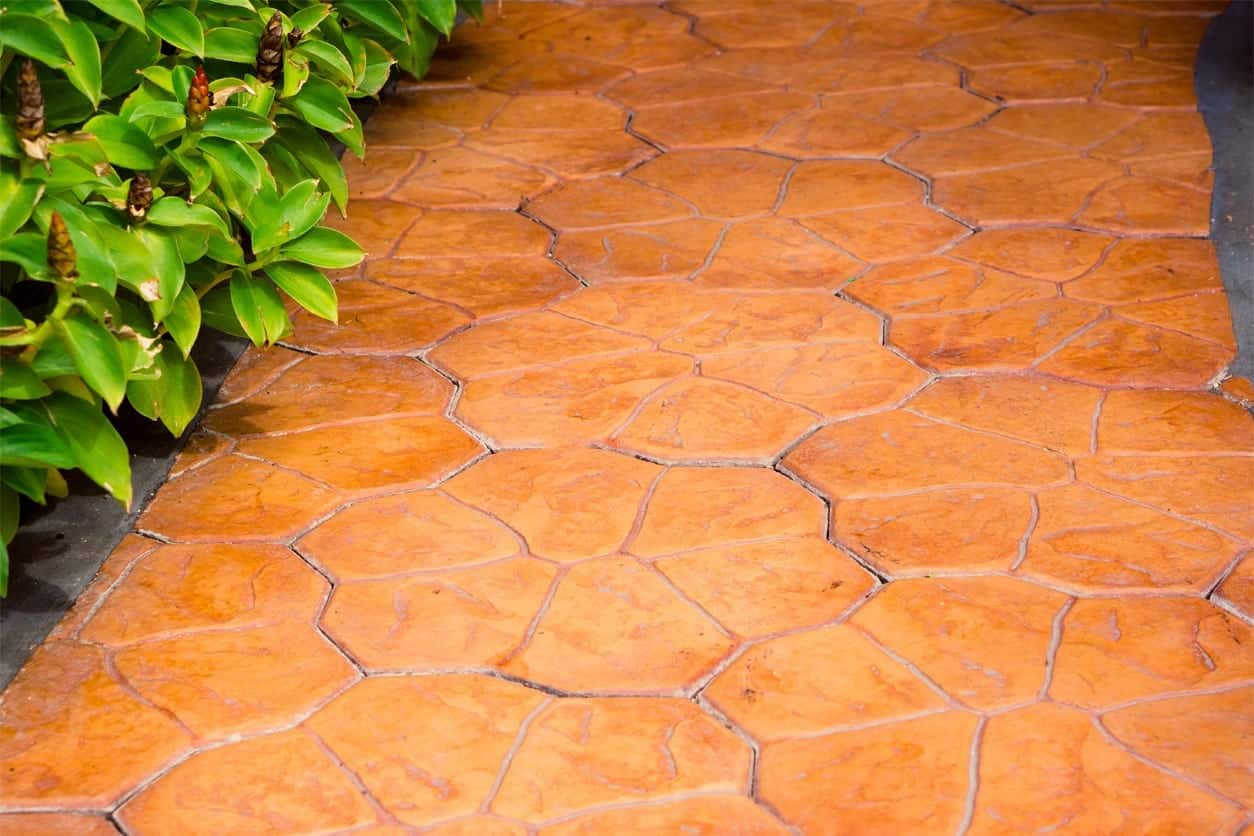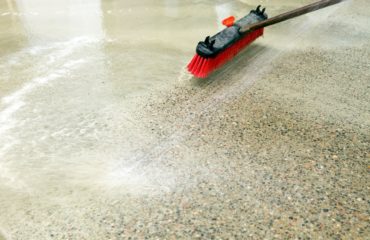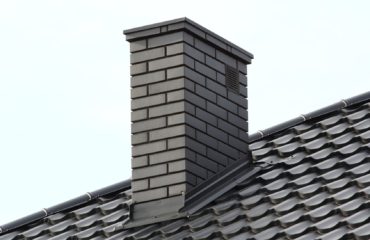There are a few different options when it comes to coloring concrete:
1. Integral coloring
Integral color is used when new concrete is being poured to add color to the concrete during the mixing process. The color is either in liquid or powder form and allows color to be added to the entire depth of the slab. This allows for a uniform color for a large amount of square footage.
2. Shake on color
Shake on color is used on new concrete by broadcasting small pigments of powder that work their way into the concrete. Water from the newly poured concrete wets the powder and causes the the color to bond with the top layer of concrete.
3. Acid Stains
Acid stains are chemically reactive and react with minerals in the concrete to create a unique, durable color effect. Acid stains are hazardous and must be neutralized after application. Acid stains can be used on new or old concrete slabs.
4. Acetone dyes
Acetone stains and dyes are solvent based and hazardous but can create vivid beautiful colors. They are not UV stable so a protective sealer should be used on top of an acetone dye to lock in the color.
5. Water-based dyes
Water based dyes are safe and easy to apply with all of the colors able to be mixed together to create patterns and effects. Since they are not UV stable a protective sealer should be used on top of water based dyes to lock in the color.
6. Color densifiers
Color densifiers are a new technology in which a colored, water based, lithium silicate solution is used. They allow you to densify the concrete while coloring it in the same step. The color densifiers are UV stable but a protective sealer can be used on top of a color densifier to lock in the color and add an additional sheen.




